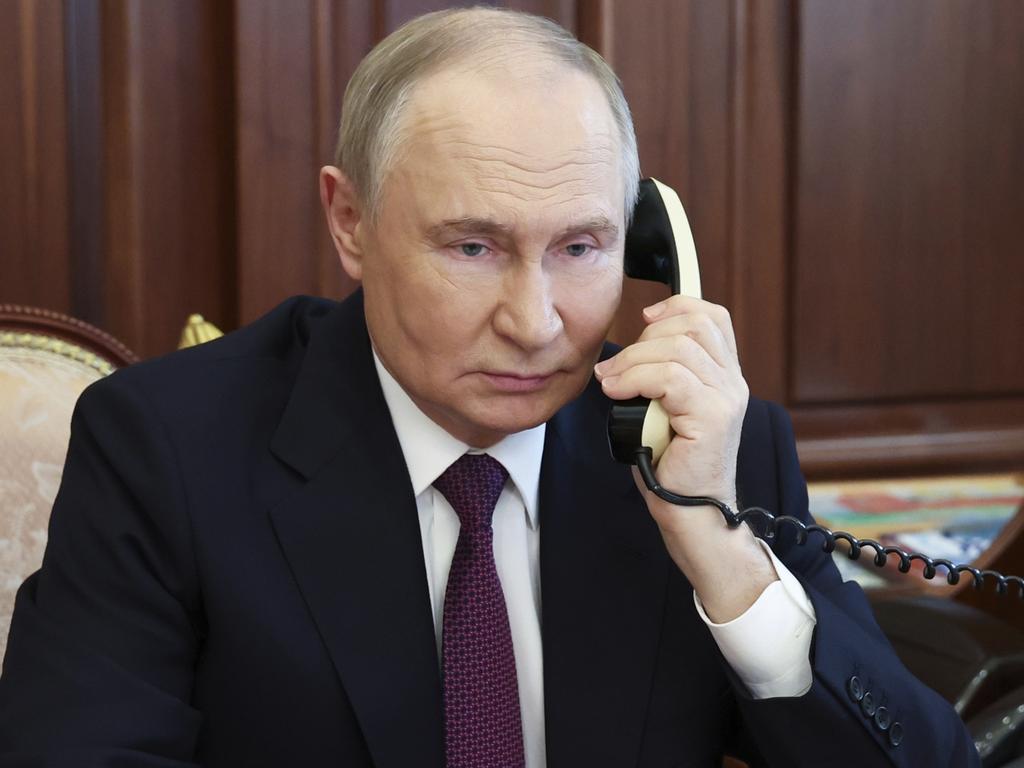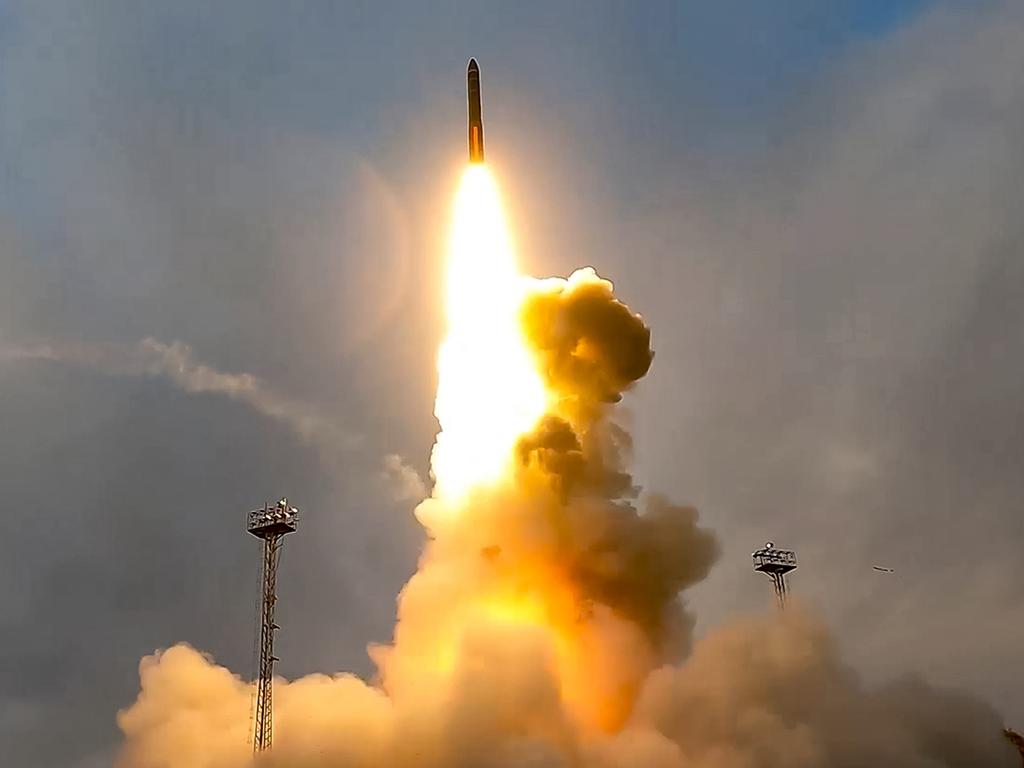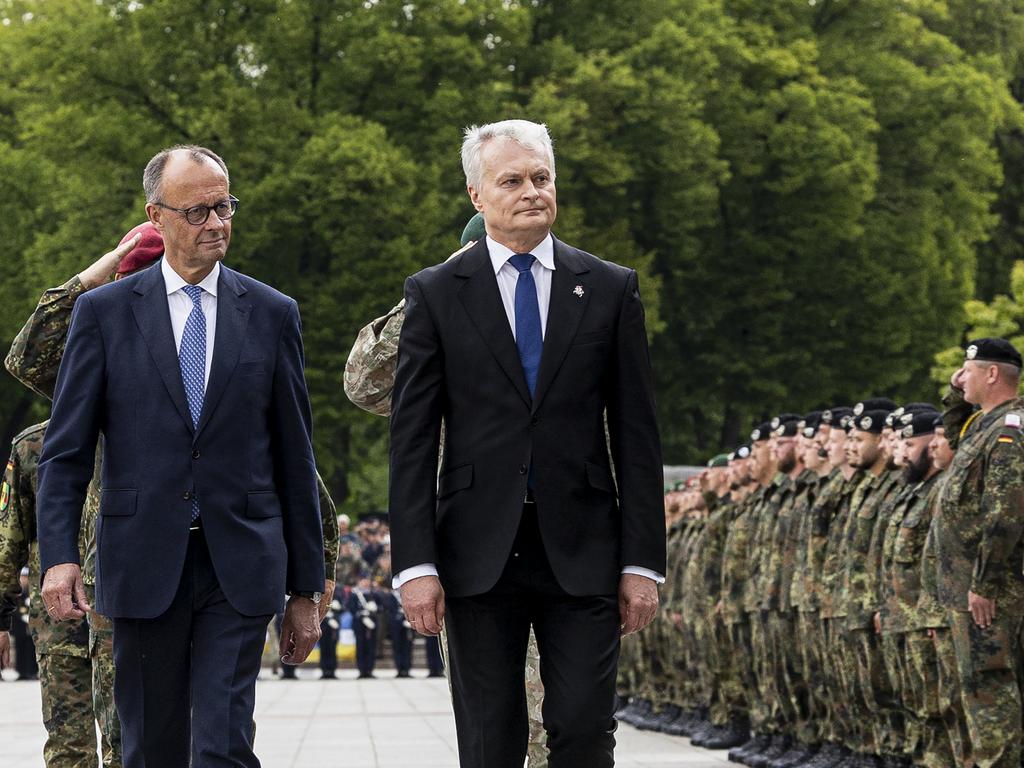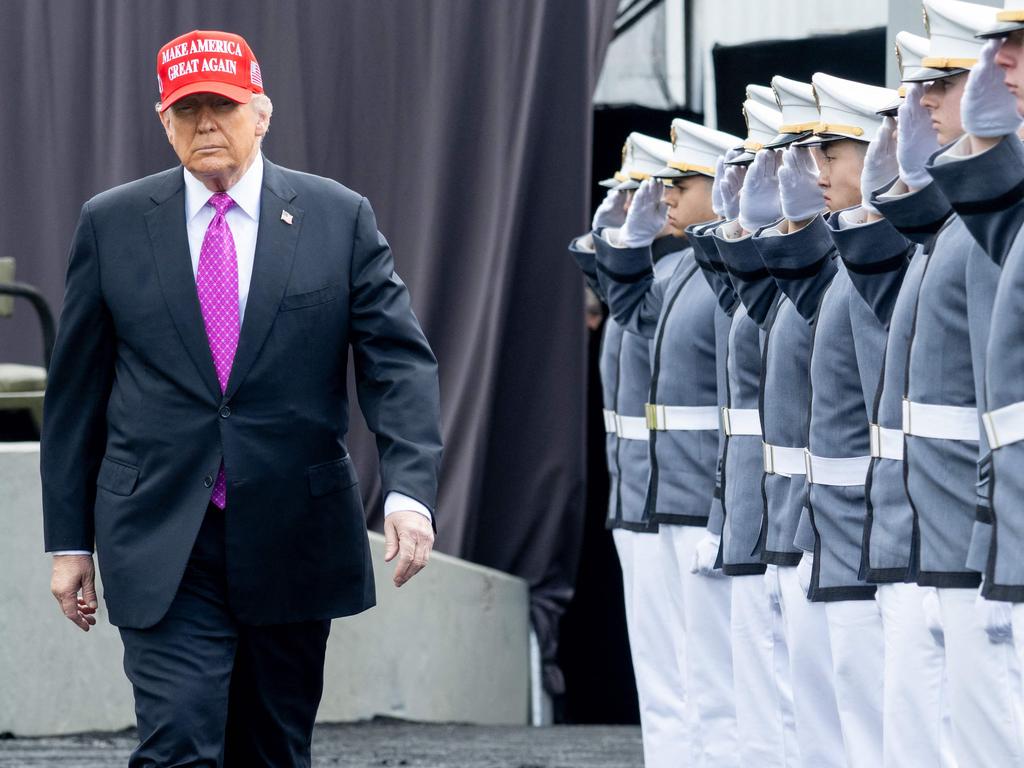‘Significant military challenge’: Report claims Russia could strike EU ‘as early as 2027’
A startling report has warned of a new “significant military challenge” facing Europe which could come “as early as 2027”.
Russia could be in a position to threaten NATO nations within two years if a ceasefire in Ukraine is brokered soon, according to a startling new report from a London think tank.
The International Institute for Strategic Studies warning joins a now-familiar chorus from European governments and security analysts, many of whom have spent the last three years voicing concerns about what Moscow may do next.
The invasion of Ukraine was Vladimir Putin’s message to the world that he wasn’t afraid of making seismic decisions that impact the lives of millions. The Western backlash against Russia has lit a fire under the nation’s state-sponsored mouthpieces, many of whom have haphazardly threatened retaliation by “levelling cities”.
While it’s a troubling scenario, a surprise Russian assault on a NATO country remains unlikely, largely because of the nuclear deterrent on both sides.
Even so, the IISS report suggests Russia’s ability to mount a credible challenge to NATO could return as early as 2027, particularly if US President Donald Trump succeeds in securing a ceasefire in Ukraine and winds back Washington’s support for the alliance.
This suggests that a lapse in full-tilt warfare would allow Russia to re-establish their battered military and position for another move.
Reports have repeatedly claimed Russia’s land forces have been severely depleted in Ukraine, with thousands of tanks and armoured vehicles lost.
Nonetheless, US European Command chief General Christopher Cavoli says that Russia is already on track to replenish its arsenal.
Putin’s pledge last year to boost active military personnel to 1.5 million is part of that effort.
The IISS report asserts that Russia could rebuild its ground forces to pre-war levels within two years — especially if it shifts to a lower-tech, high-volume model reminiscent of Soviet-era armies.
It warns of “a significant military challenge to NATO allies, particularly the Baltic states, as early as 2027”.
While such a force would lack NATO’s technological edge, it could still pose a serious challenge.


French President Emmanuel Macron and EU foreign policy chief Kaja Kallas have echoed similar concerns, warning that Russia’s military ambitions extend beyond Ukraine.
“It’s a question of when they will start the next war,” Kallas said last year.
For now, international efforts continue to weave through the diplomatic minefield that comes with ending an incomprehensibly complex conflict that has stewed for decades.
But there are signs of movement. Ukrainian President Volodymyr Zelensky recently revealed he is heading to Istanbul for possible direct talks with Vladimir Putin, after the Russian president unexpectedly signalled interest in reviving the long-dormant Istanbul peace track.
Meanwhile, Trump has grown increasingly frustrated at the pace of negotiations and has hinted at walking away if progress isn’t made. One of his major campaign promises was to end the war immediately, mostly to avoid the rapidly multiplying bill for assisting Ukraine.
While Ukraine agreed to a full 30-day ceasefire in March, Russia has yet to reciprocate.


NATO on the rocks
Then there’s the problem with NATO itself.
Trump’s own comments before re-election — suggesting he’d encourage attacks on NATO members that underspend on defence — have raised serious questions about the alliance’s long-term cohesion.
Economy-rattling tariffs have also exposed cracks in the partnership, which many believe to be crucial in keeping the world stable.
But Trump has still come out swinging in his second term, signalling that his priority to strengthen the US from within was non-negotiable.
“If they don’t pay, I’m not going to defend them,” he told reporters in the Oval Office shortly after his inauguration.
Mr Trump has frequently questioned whether the United States should continue its central role in NATO.
The Republican has publicly slammed NATO members for not spending enough on their defence budgets and therefore rely on the United States.
“They should be paying more,” he said.
The president has previously called for allies to lift annual defence spending to five per cent of GDP from the current two-percent target, which NATO expected only 23 of 32 members to meet last year.
Countries deemed to be underspending might not be defended if attacked, according to the reported plan.
Mr Trump has also stoked discomfort by questioning whether allies, including France, would defend the US in the event of war.
The move would weaken NATO’s core Article 5 which stipulates that any member attacked will be defended by all the others.
“If the United States was in trouble and we called them. We said, ‘We got a problem, France. We got a problem. A couple of others, I won’t mention. Do you think they’re gonna come and protect us? Hmm. They’re supposed to. I’m not so sure,” Mr Trump said.




